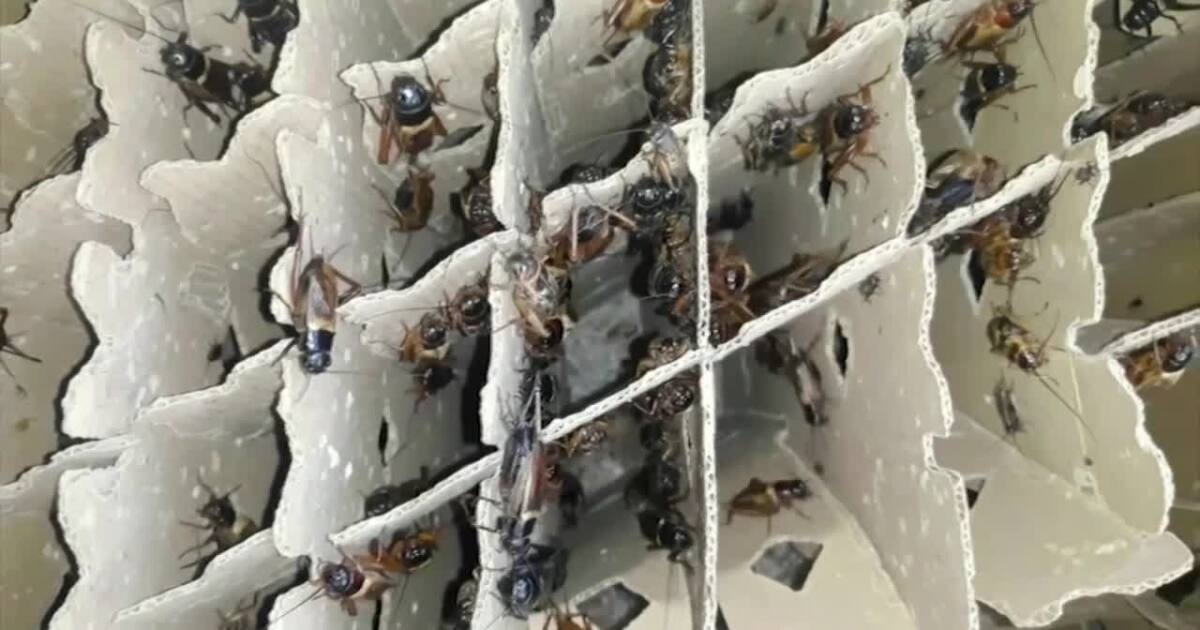JewlzSanguine
Member
- Joined
- Jun 16, 2021
- Messages
- 34
What do you think the reasoning is behind the push for bug protein? Why bug protein in particular?
Follow along with the video below to see how to install our site as a web app on your home screen.
Note: This feature may not be available in some browsers.
Click Here if you want to upgrade your account
If you were able to post but cannot do so now, send an email to admin at raypeatforum dot com and include your username and we will fix that right up for you.
